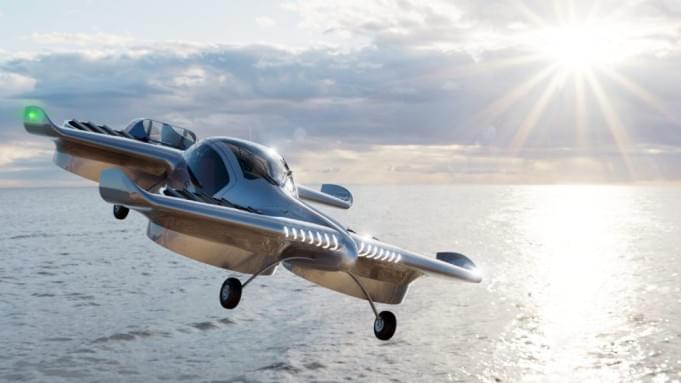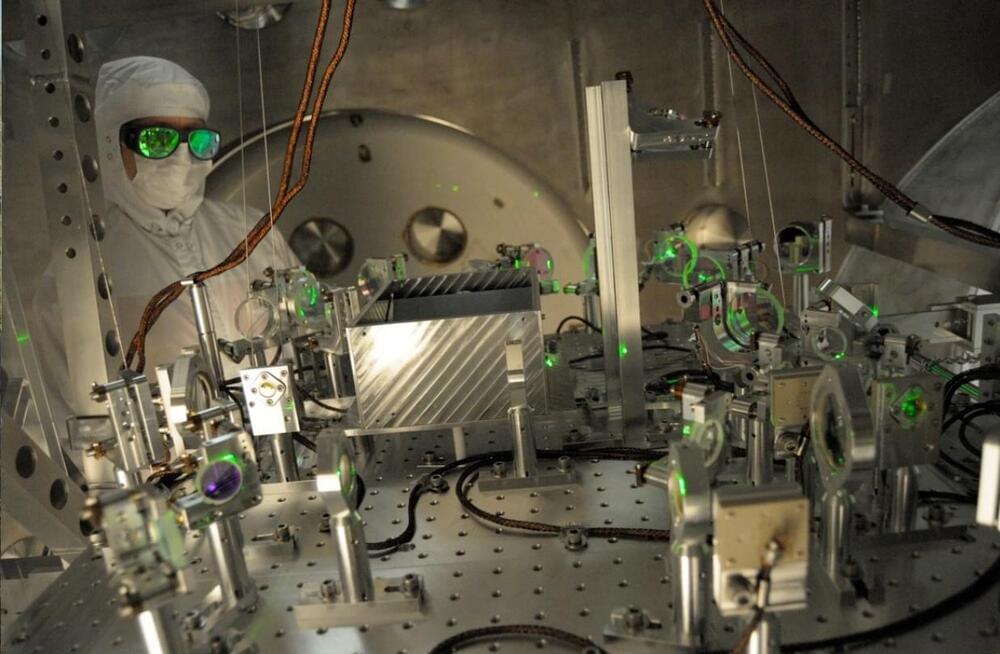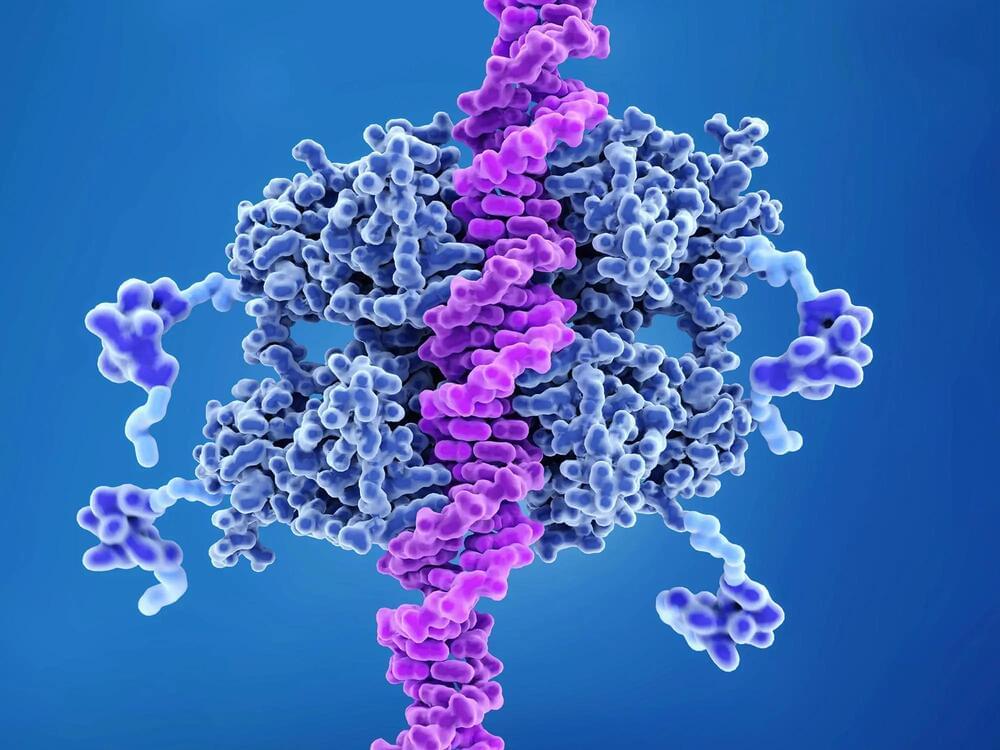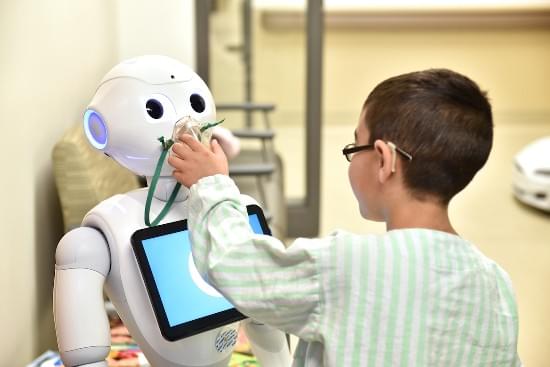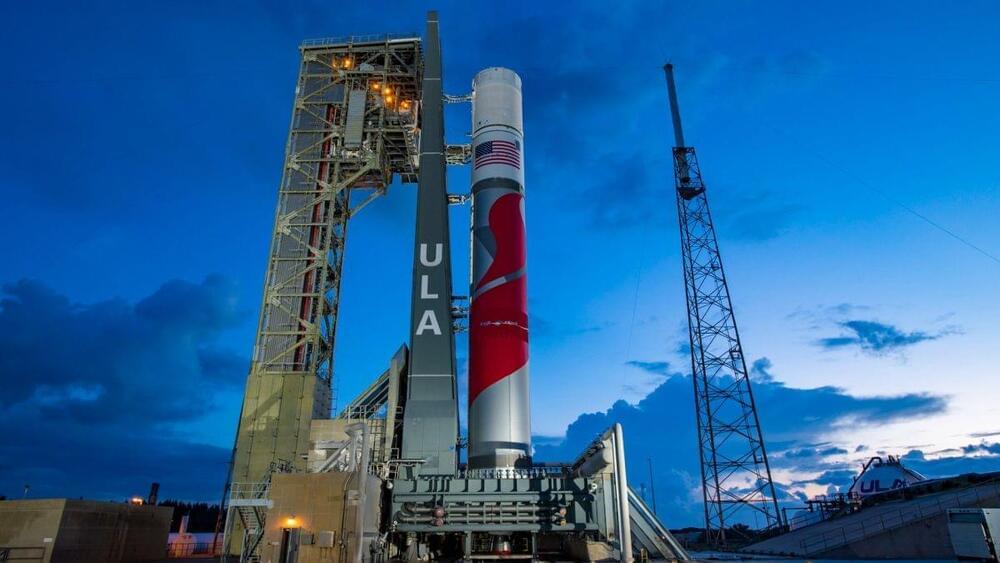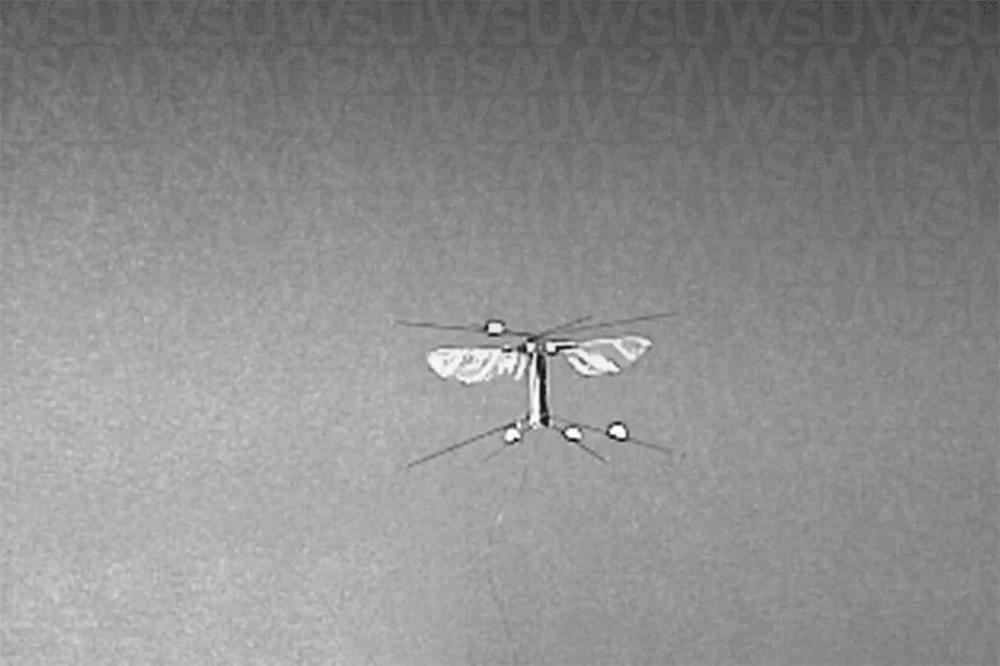May 25, 2023
I’m shocked! Shocked, I tell you
Posted by Andrew Smith in categories: futurism, robotics/AI
Oh hey, AI enthusiasts and futurism fans! I’d love to share with you an article I recently wrote on my Substack. It takes you on a journey from the ancient Greek device known as the Antikythera mechanism, all the way to the generative AI explosion of 2023, tracing the history of computation and AI.
For more than a decade, I’ve been writing about technology, society, and the future, aiming to provide thoughtful analysis and critical thinking on the latest trends and their implications. I’ve been following these topics for over 15 years, and I am enthusiastic about initiating a meaningful conversation with you about the changing world and its intersection with technology.
Well, not that shocked.

